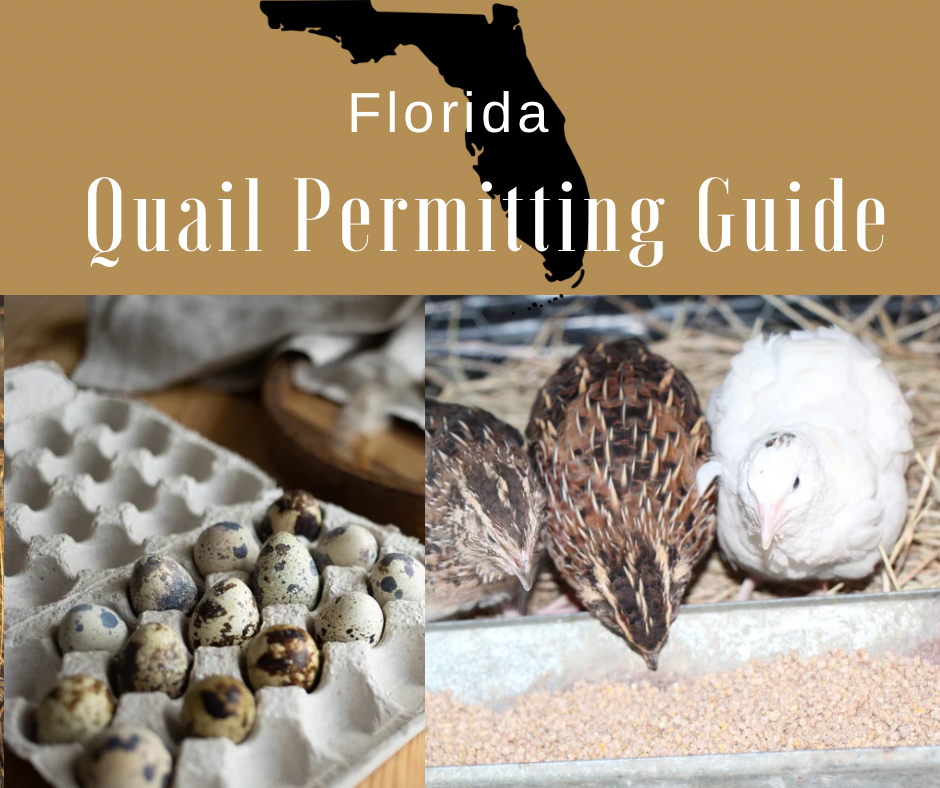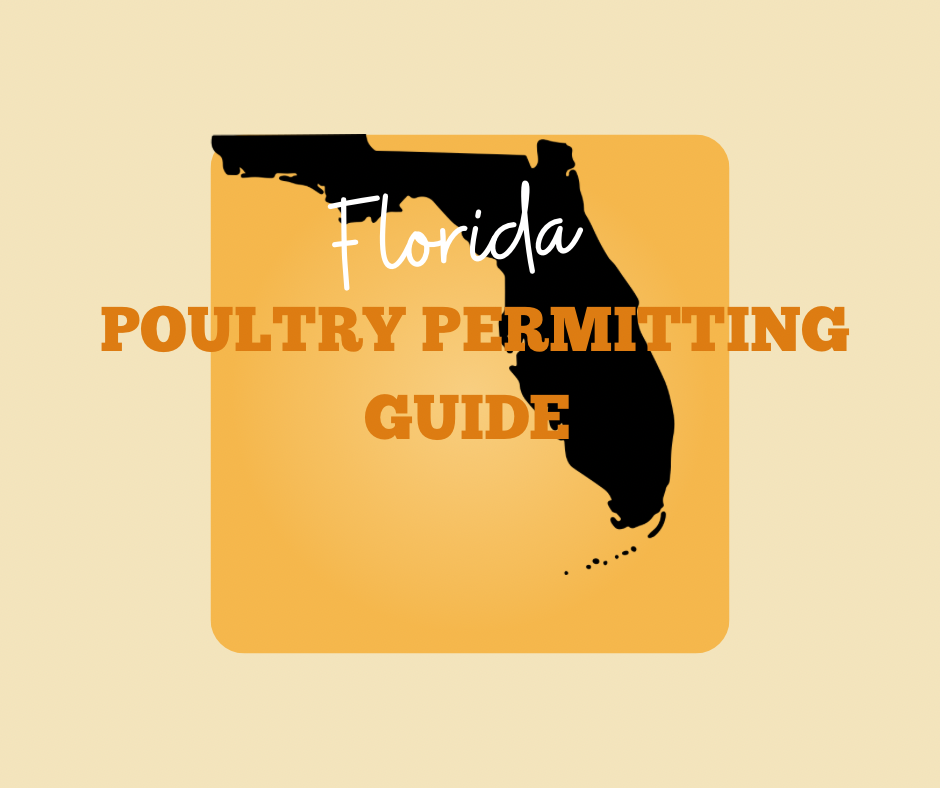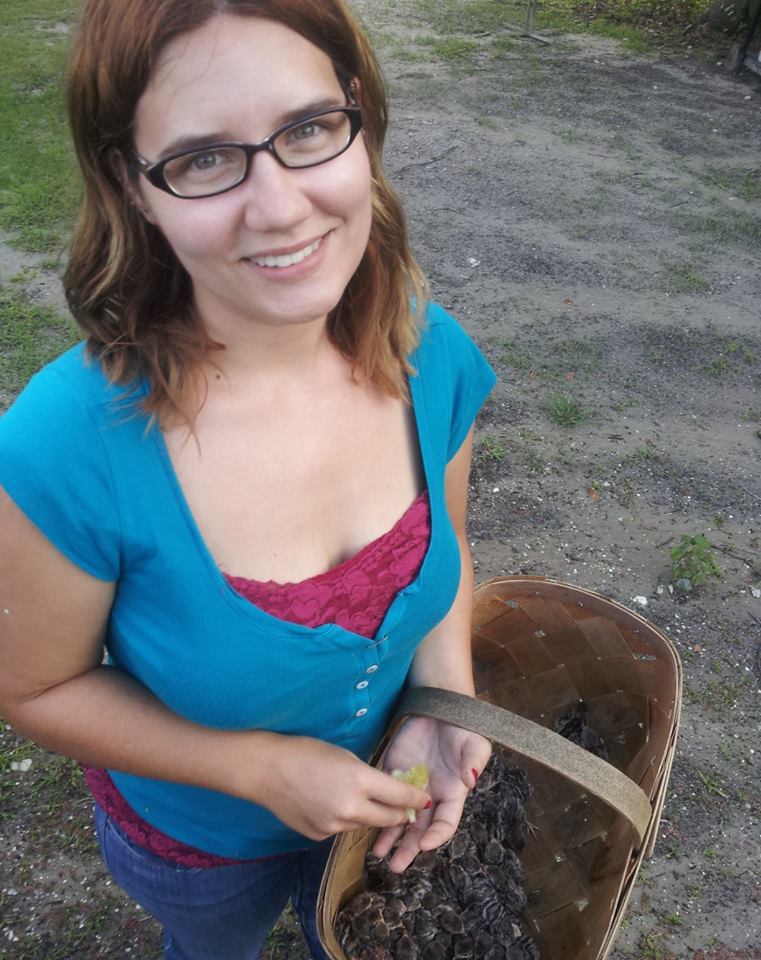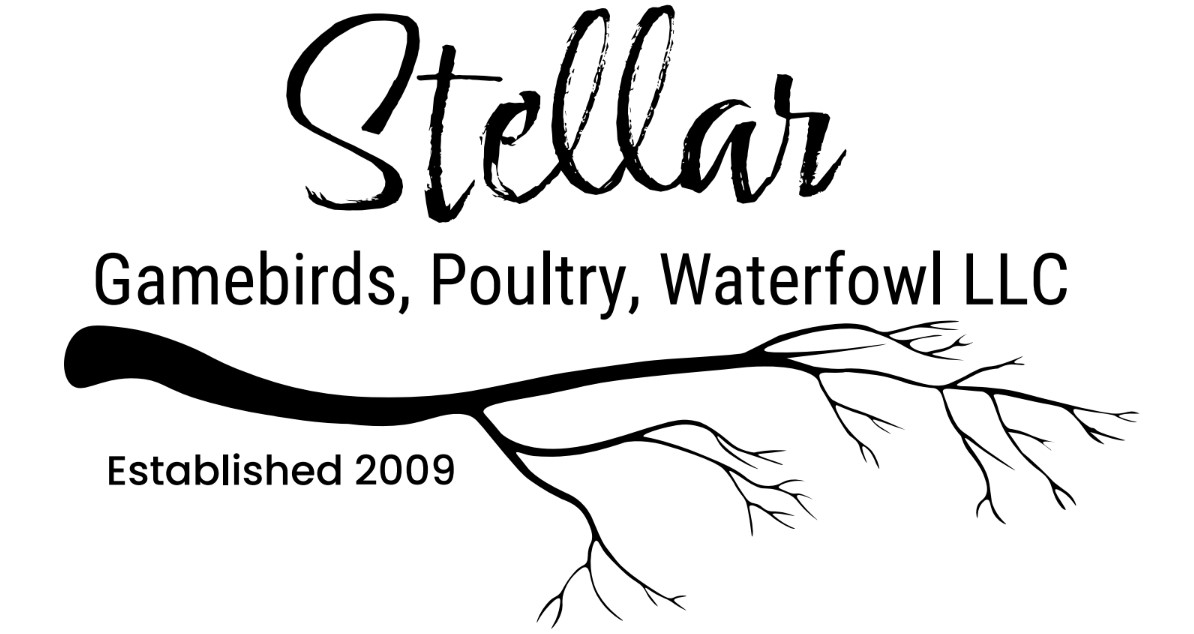Getting Started with Coturnix Quail: A Beginner’s Guide
Raising Coturnix quail is a rewarding and enjoyable experience for beginners and seasoned poultry keepers alike. These small, hardy birds are easy to care for, highly productive, and perfect for those with limited space. Whether you’re interested in raising quail for eggs, meat, or simply as a hobby, this comprehensive guide will walk you through everything you need to know to get started, from selecting your first quail to setting up their habitat.
Why Choose Coturnix Quail?
The Benefits of Raising Coturnix Quail
· High Egg Production – Coturnix quail are prolific egg layers, with hens producing up to 300 eggs per year. Their eggs are small but packed with flavor and nutrients, making them a great addition to your diet.
· Rapid Growth and Maturity- Quail reach maturity quickly, often starting to lay eggs as early as 6-8 weeks of age. This fast growth makes them an excellent choice for beginners who want quick results.
· Space Efficiency- Coturnix quail require much less space than chickens or other poultry, making them ideal for small backyards, urban homesteads, or even indoor setups.
· Low Maintenance- Quail are `easy to care for, with minimal feeding and housing requirements. They are also relatively quiet, making them suitable for areas where noise could be an issue.
Selecting Your First Quail
Where to Buy Quail
· Reputable Breeders- Purchasing your quail from a reputable breeder ensures that you are getting healthy birds with a known history. Look for breeders with good reviews and a focus on quality breeding practices.
· Local Farms or Hatcheries- Some local farms or hatcheries may offer Coturnix quail for sale. Buying locally can reduce stress on the birds because of shorter transportation times and allows you to see the conditions in which the quail were raised.
· Online Hatcheries- Many hatcheries offer shipping for day-old quail chick, juveniles, or hatching eggs. Ensure the hatchery has a good reputation and follows proper shipping practices to minimize losses during transit.
Choosing the Right Birds
· Age Considerations- Quail can be purchased as day-old chicks, juveniles, or adults. Day-old chicks require more care but allow you to bond with the birds from an early age. Juveniles or adults are easier for beginners as they are more resilient and closer to egg-laying age.
· Sexing Your Quail- Decide whether you want a mixed-sex group or just females (hens). Mixed groups are necessary if you plan to breed quail, while keeping only females will ensure a steady supply of eggs without the added responsibility of managing breeding behavior.
How Many to Start With
Quail are social birds and do best in small groups. For beginners, starting with a group of 4-6 quail is ideal. This consists of 1 cock per 4-5 hens. This size is manageable, allows you to observe their social behavior, and provides a good starting point for egg production.
Setting Up Their Habitat
Housing Requirements
· Cage or Coop Design- Quail can be housed in a variety of enclosures, including cages, coops, or aviaries. The key is to ensure that the enclosure is secure, well-ventilated, and provides enough space for the birds to move around comfortably. Allow at least 1 square foot of space per bird to start with and add more birds as space allows.
· Flooring- The floor of the quail’s habitat can be solid or wire. Solid floors are more comfortable for the birds and easier to maintain, while wire floors allow droppings to fall through, making cleaning easier. If using a wire floor, provide a solid area or mat where the quail can rest their feet.
· Protection from Predators- Quail are vulnerable to predators, including rats, raccoons, and birds of prey. Ensure that their enclosure is predator-proof with secure latches and strong materials.
Feeding and Watering
· Feed Type- Coturnix quail require a high-protein diet to support their rapid growth and egg production. A commercial game bird or quail feed with a protein content of 24-30% is ideal. You can supplement their diet with fresh greens, seeds, and insects for variety.
· Feeding Systems- Use feeders that prevent waste, such as trough or gravity feeders, to minimize feed spillage. Ensure that feed is always available, as quail have high metabolic rates and need constant access to food.
· Watering Systems- Provide clean, fresh water. Nipple drinkers or gravity waterers work well for quail, as they help keep the water clean and reduce the risk of spillage.
Lighting and Temperature
· Lighting- Quail need about 14-16 hours of light per day to maintain consistent egg production. If natural light is insufficient, you can use artificial lighting on a timer to ensure they receive the necessary light exposure.
· Temperature Control- While adult quail are fairly hardy, young chicks require a warm environment. For chicks, maintain a brooder temperature of around 95°F (35°C) during the first week, gradually decreasing it by 5°F each week until they are fully feathered at around 4 weeks of age.
Bedding and Nesting
· Bedding Material- Provide a layer of bedding on the floor of the quail’s enclosure to absorb moisture and provide comfort. Suitable materials include straw, pine shavings, or river sand. Avoid cedar shavings, as they can be toxic to quail and play sand, which causes crop impactions.
· Nesting Areas- While Coturnix quail rarely build elaborate nests, they will appreciate a quiet, secluded area for laying eggs. You can provide small nesting boxes or simply create cozy corners with extra bedding.
Daily Care and Maintenance
Routine Care
· Feeding and Watering- Check feed and water levels daily and replenish as needed. Ensure that waterers are clean and free of debris, especially in hot weather, to prevent bacterial growth.
· Cleaning- Regularly clean the enclosure to prevent the buildup of waste and reduce the risk of disease. Remove droppings, replace soiled bedding, and disinfect feeders and waterers weekly.
Monitoring Health
· Behavioral Signs-Healthy quail are active, alert, and have bright eyes and smooth feathers. Monitor your quail daily for any signs of illness, such as lethargy, ruffled feathers, or changes in eating and drinking habits.
· Common Health Issues- Be aware of common health issues in quail, such as respiratory infections, mites, and egg binding. Early detection and prompt treatment are crucial for maintaining a healthy flock.
Egg Collection
Collect eggs daily to keep them clean and prevent damage. Quail eggs are fragile, so handle them gently. If you don’t plan to incubate the eggs, store them in the refrigerator for up to two weeks.
Breeding and Incubation
Breeding Basics
· Breeding Pairs- If you plan to breed your quail, maintain a ratio of one male to four or five females to ensure good fertility without overwhelming the hens.
· Egg Selection- Choose healthy, well-formed eggs for incubation. Avoid eggs that are misshapen, cracked, or excessively dirty.
Incubation
· Incubator Setup- Use an incubator to hatch quail eggs. Set the incubator temperature to 99.5°F (37.5°C) and maintain a humidity level of 45-55% during the first 14 days, increasing it to 65-75% for the final days before hatching. In come climates, maintaining the same humidity throughout incubation works. Research your climate and what humidity you need to use to ensure success.
· Hatching- Quail eggs typically hatch after 17-18 days of incubation. After hatching, chicks should remain in the incubator until they are dry and active, then move them to a brooder with appropriate heat and care.
Enjoying the Fruits of Your Labor
Egg Production
· Harvesting Eggs-Once your hens start laying, you can enjoy fresh quail eggs almost daily. Quail eggs are highly nutritious and can be used in a variety of dishes, from simple boiled eggs to gourmet creations.
· Egg Storage- Store quail eggs in the refrigerator for up to two weeks. If you have an abundance of eggs, consider pickling them or selling them to local markets or friends. Make sure to check regulations for your state on specific permitting needing for Coturnix and sales.
Raising Quail for Meat
· Butchering Age- Quail raised for meat are typically butchered at around 8-10 weeks of age. Their meat is tender and flavorful, making them a popular choice for gourmet dishes.
· Processing- If you choose to process your quail for meat, ensure that you are familiar with humane butchering practices and have the necessary equipment.
Expanding Your Covey
· Scaling Up- Once you’ve gained experience, you may choose to expand your flock by breeding more quail or acquiring additional birds. As your covey grows, ensure that you have adequate space and resources to accommodate the increased number of quail.
Getting started with Coturnix quail is a straightforward and rewarding process. With the right setup, care, and attention, these small but mighty birds will provide you with a steady supply of eggs, meat, or simply the joy of raising these remarkable birds.









